Description
QHYCCD QHYOAG-M Pro
Unlike external guiding arrangements, when using a QHYCCD QHYOAG-M Pro, the guiding camera and the imaging camera share the field of view of main optical system. If a user’s OTA has a long focal length, and the environment is not ideal, there will often be fewer stars suitable for guiding to be found in the FOV. One way to improve the chance of finding a good guide star is to use a guide camera with a larger sensor. For example, guide cameras like the QHY5III200M or the QHY5III585C have a FOV that is 2-4 times larger than that of smaller cameras typically sold as guiders. This larger FOV naturally allows you to capture more stars, essentially solving the issue of no or few stars available to guide the image.
In order for a large-sensor guide camera to fully perform to its potential in an OAG, a prism large enough to allow illumination of the larger sensor is needed to avoid severe vignetting. The new QHYOAG-M Pro uses a new wider prism to better accommodate larger sensor guide cameras. The prism size of the standard QHYOAG series is about 8 x 8mm, while QHYOAG-M Pro is 10 x 14mm.
When the QHY5III174M is connected to the older version of QHYOAG, there is severe vignetting (Image 1, below). In contrast, connected to the OAG Pro in the same optical system, there’s only a small amount of darkening occurs at the edges, which won’t affect guiding at night (Image 2, below).
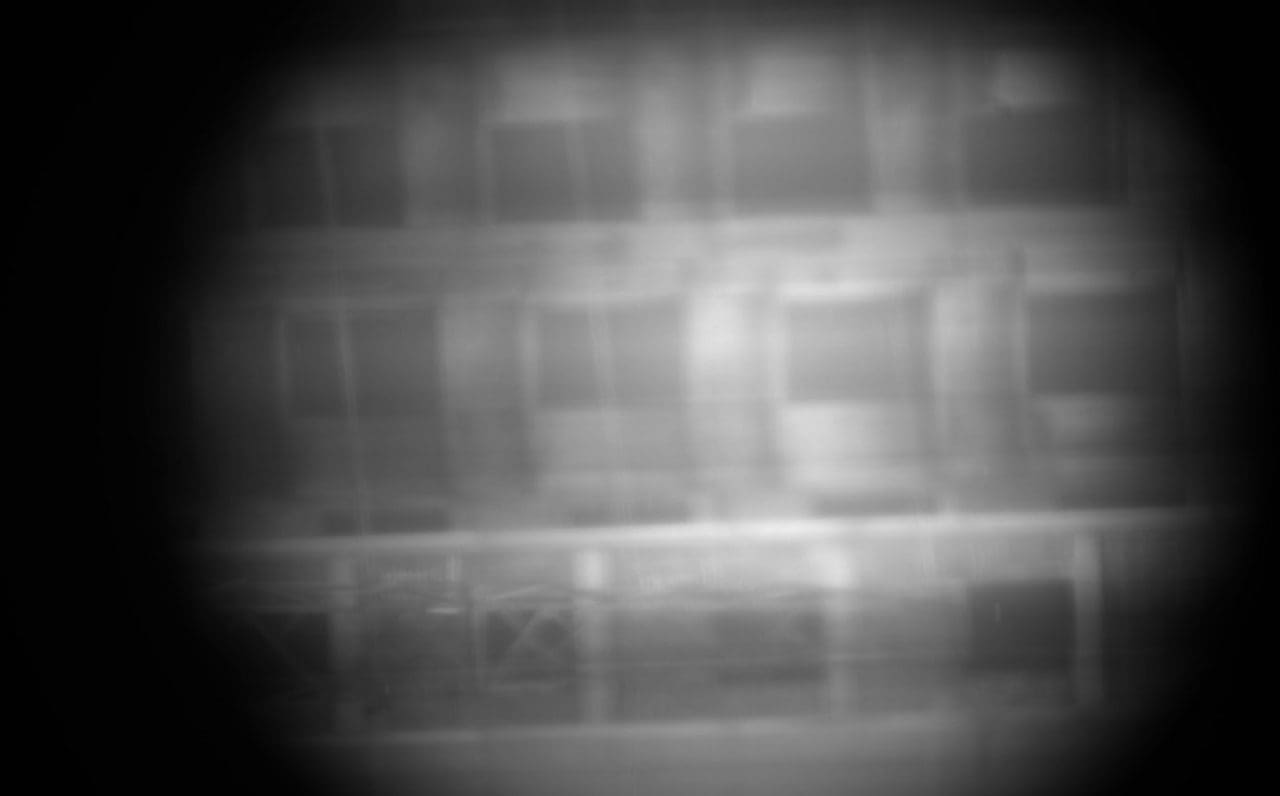
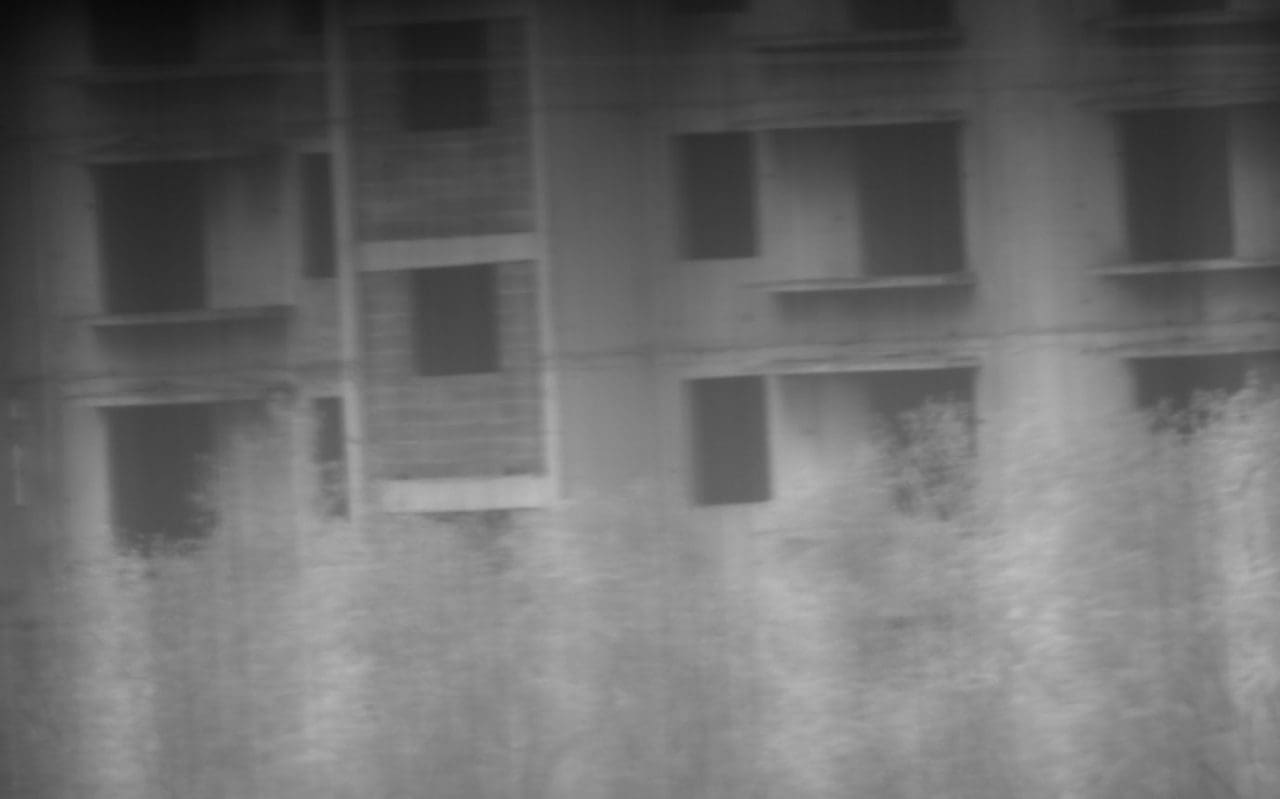
Combos and Connections
The QHYOAG Series directly attaches to the camera or filter wheel with six screws, ensuring a solid, parallel and reliable mechanical connection. At the same time, various standard and optional QHY accessories can be used to realize a variety of structural combinations.
Below are some typical connection examples. Now Adapter B1 Kit is included in each package of QHY268M and QHY600M-PH SBFL. Adapter G1 Kit is included in each package of QHY268C and QHY600C-PH SBFL.
QHYOAGM-Pro
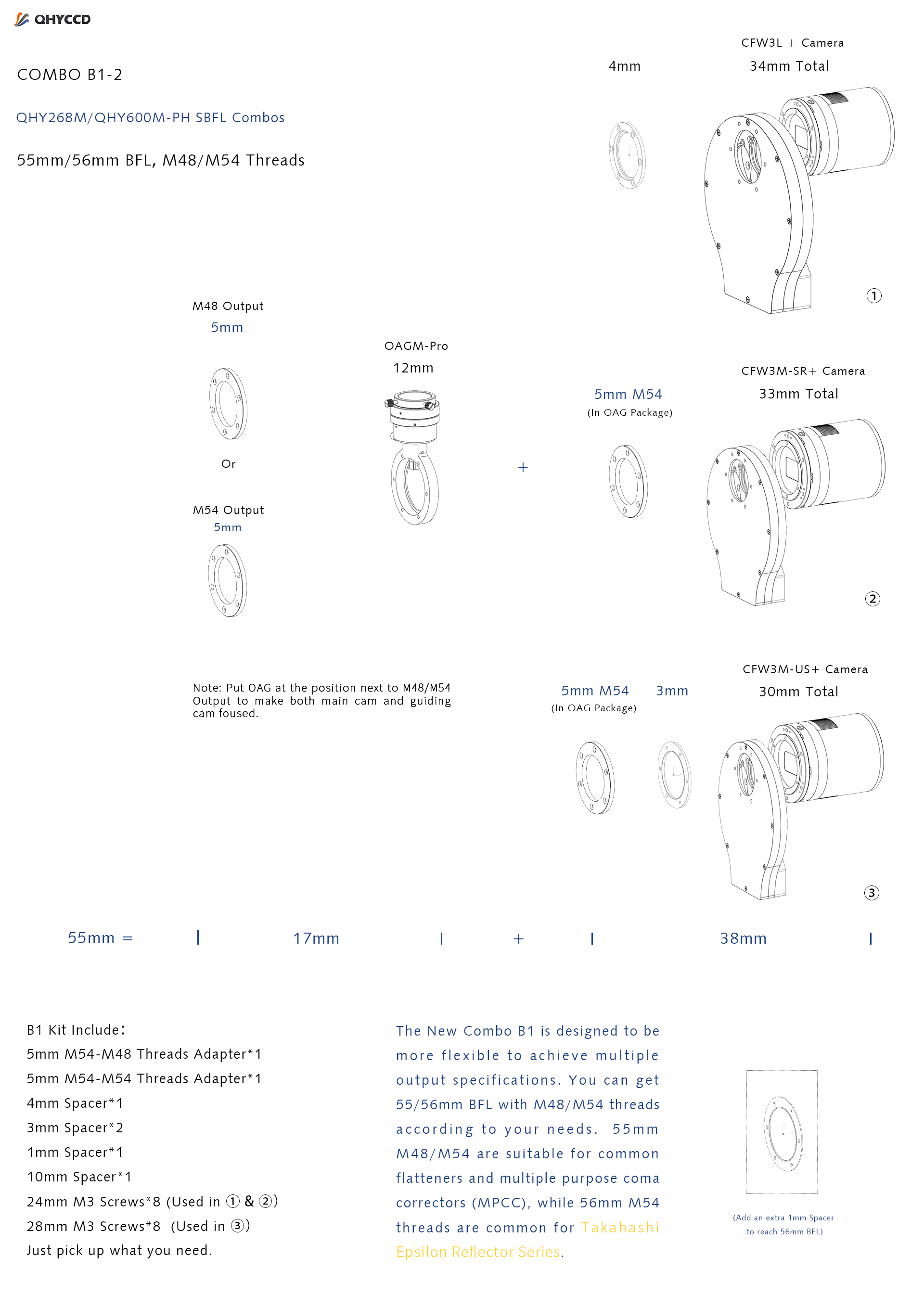
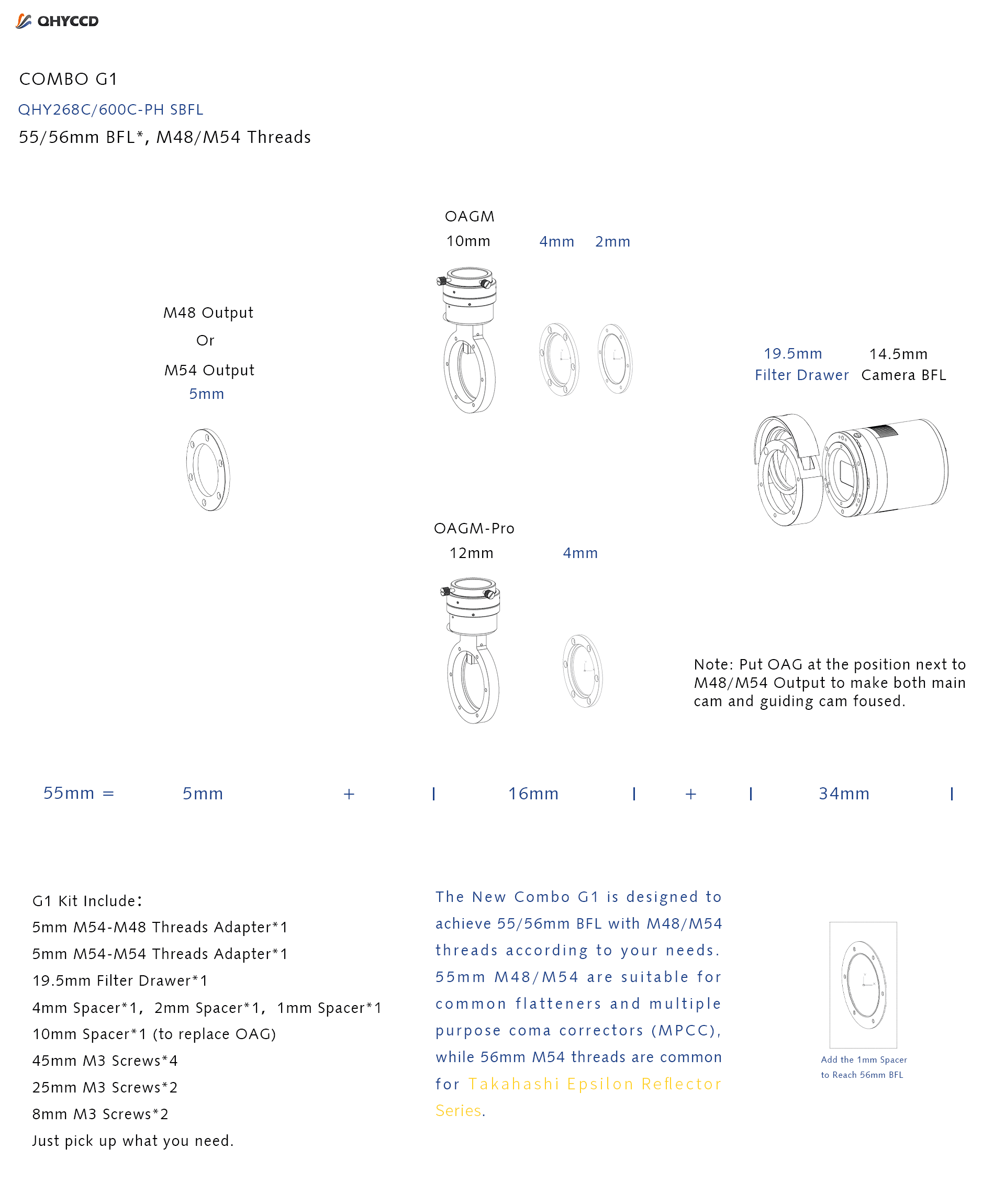

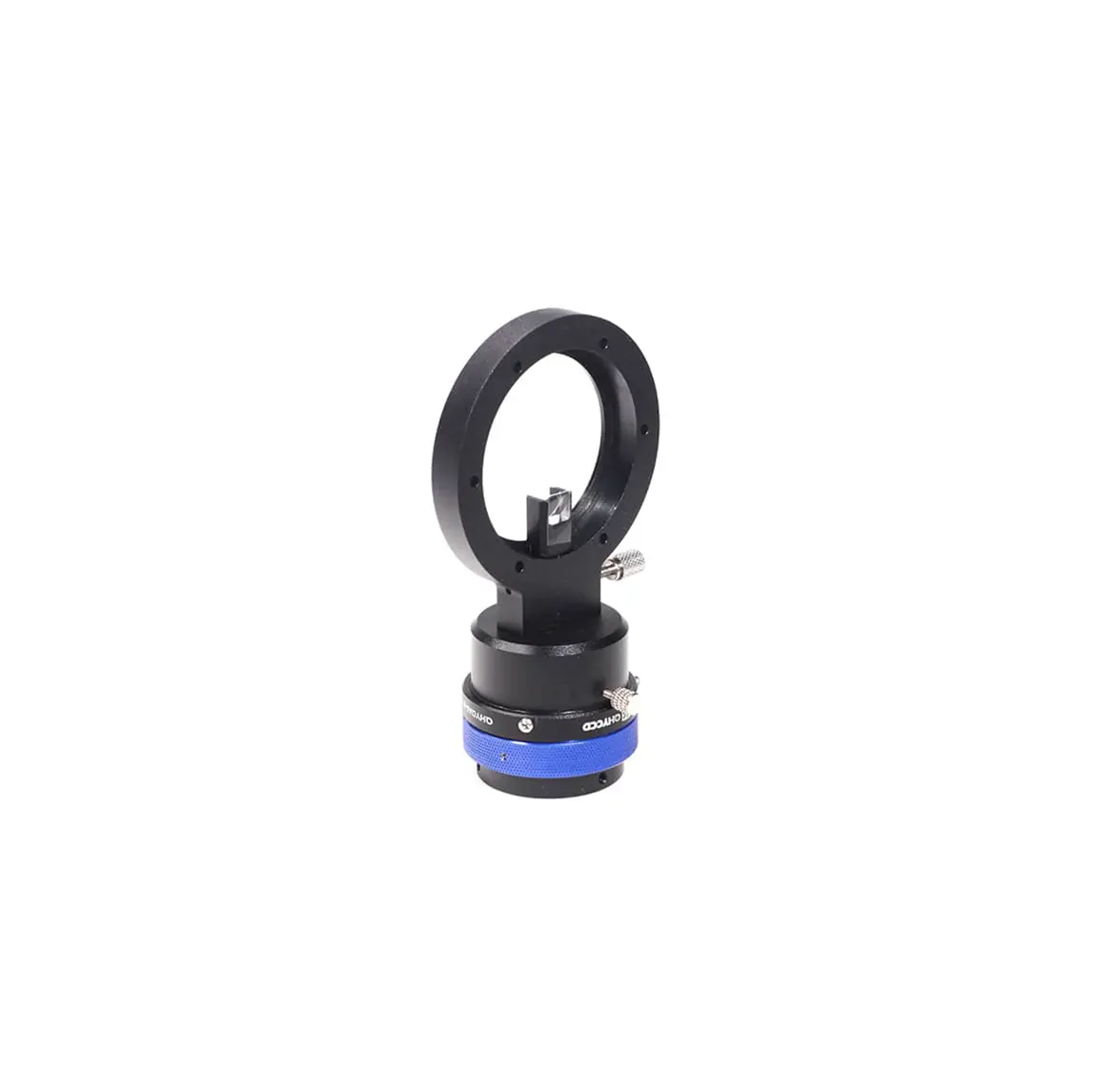
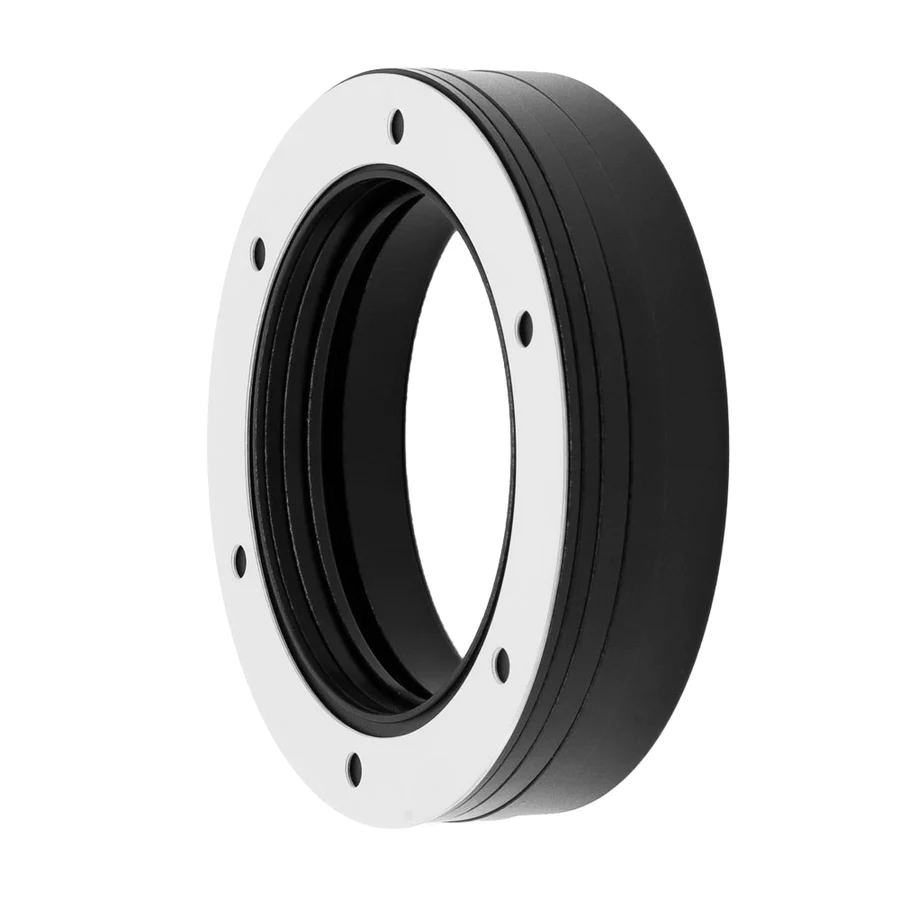
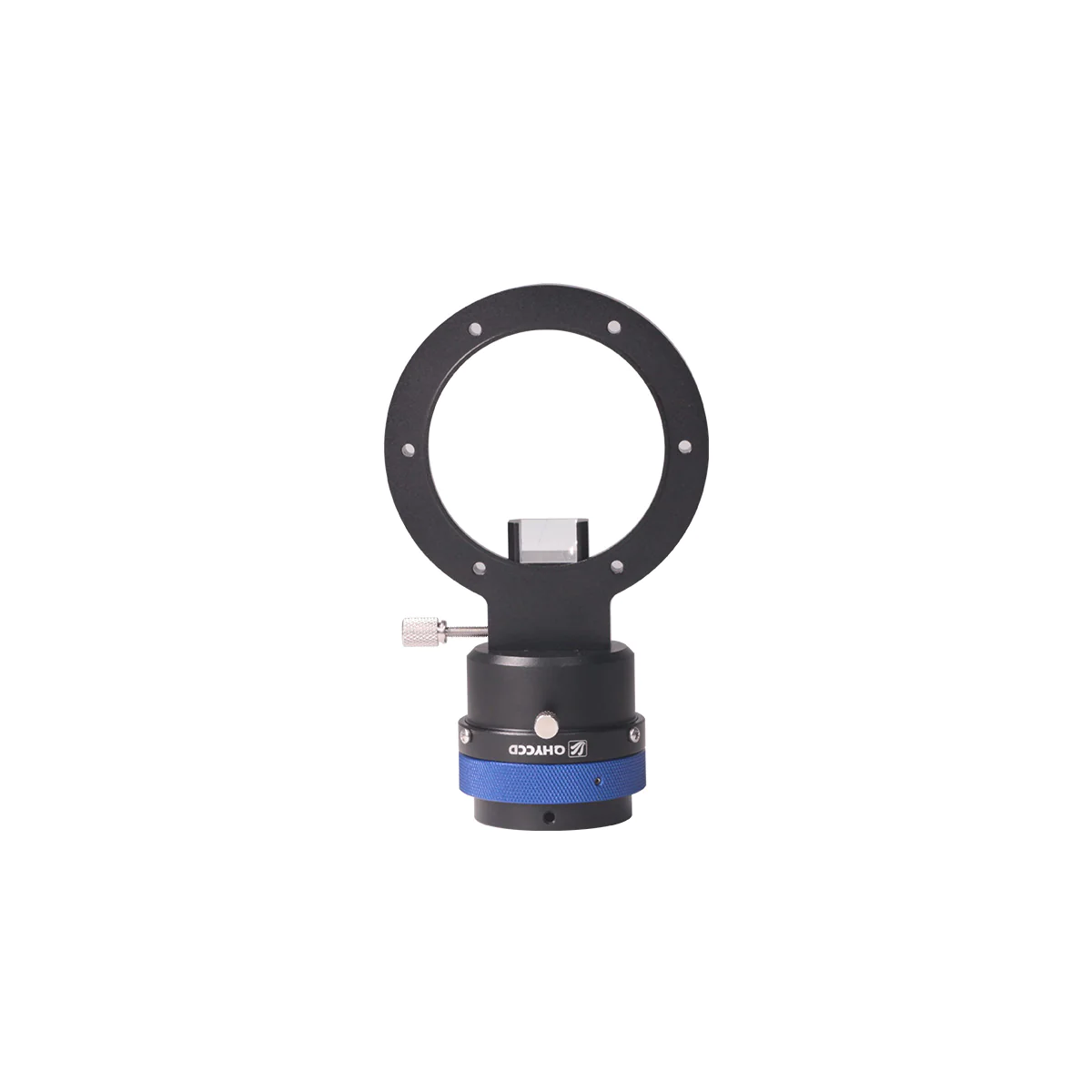
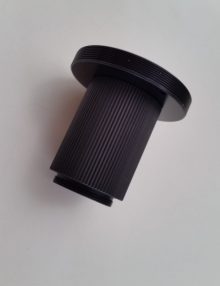

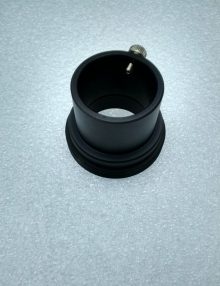


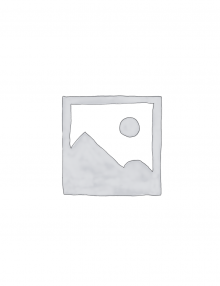

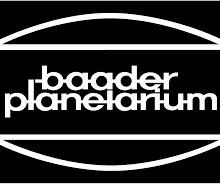

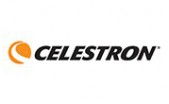


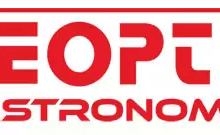
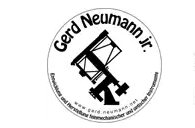


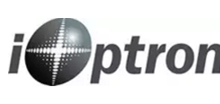


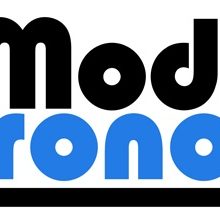



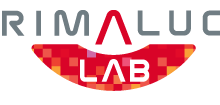









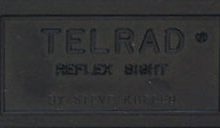




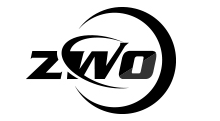

Reviews
There are no reviews yet!